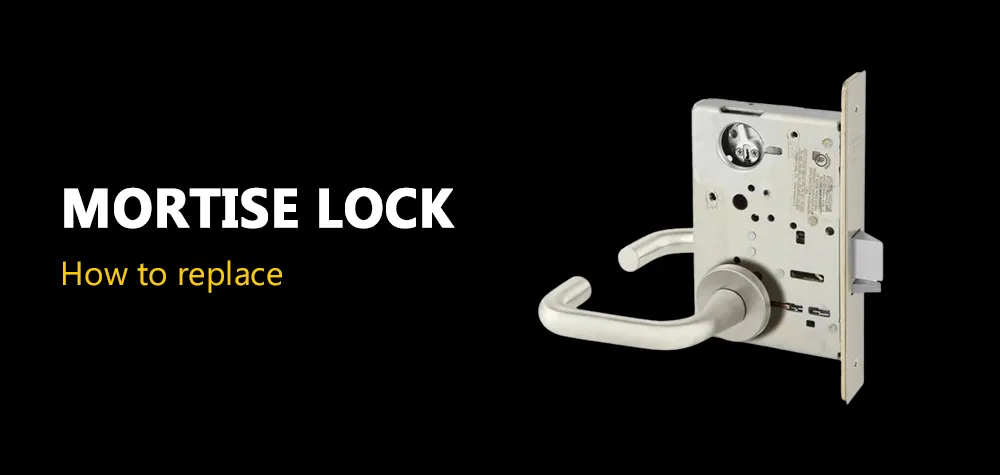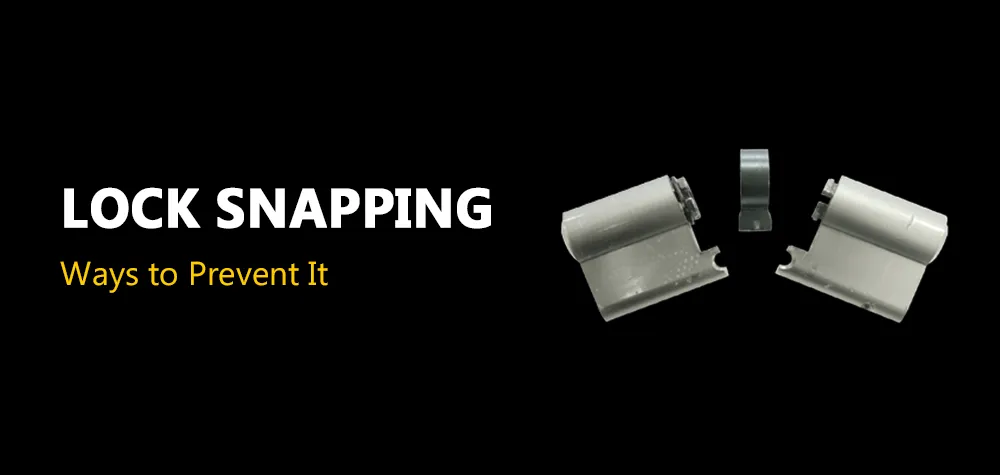The Cost of Convenience: Unlocking the Mystery of Car Lockout Services
Call Us Any Time!
24/7 Residential, Commercial & Automotive Locksmith Services
Getting locked out of your car is a universal experience, and it's bound to happen when you least expect it. But fear not! In this guide, we'll navigate the intricate world of car lockout services, covering everything from when to call a locksmith to the nitty-gritty details of how much it will cost you. Say goodbye to the frustration of being stranded, and let's dive into the world of automotive locksmith services.

When to Dial: Situations Warranting a Locksmith's Expertise
Keys Forgotten, Pets Inside, or Fob Malfunctions
Life is unpredictable, and so are lockouts. Discover the scenarios that call for a locksmith's expertise, from the classic "keys left in the car" situation to the urgency of unlocking a car when a child or pet is trapped inside. Whether your manual key or key fob has let you down, a locksmith is your ticket to regaining access.
Decoding the Digits: How Much Does a Locksmith Charge to Unlock a Car?
Breaking Down the Costs
Curious about the dent unlocking your car could put in your wallet? Depending on the complexity of the lockout, be prepared to shell out between $50 and $250. We dissect the average rates, including emergency services, trunk openings, broken key extraction, and the unique challenges posed by high-security vehicles. Get the lowdown on what to expect when you're expecting a locksmith.
Tools of the Trade: How Locksmiths Work Their Magic
From Slim Jims to Immobilizer Reprogramming
Unlocking a car isn't as simple as it looks in the movies. Our guide takes you behind the scenes, exploring the arsenal of tools and techniques locksmiths use. From the trusty Slim Jims to sophisticated methods like broken key extraction and immobilizer reprogramming, discover the artistry that ensures your car stays intact.
Why Choose a Locksmith for Automotive Services?
Beyond the Cost: The Benefits Unveiled
Unravel the advantages of calling in the professionals when you're facing a car lockout. Avoid permanent damage to your vehicle, sidestep the hefty price tags from dealerships, and revel in the speed of service that locksmiths bring to the table. Discover why Brothers Locksmith is the beacon of hope in your hour of automotive distress.
Brothers Locksmith: Your Key to Swift and Affordable Solutions
When Every Second Counts
In the grand finale, meet Brothers Locksmith, your trusted ally in the realm of car lockouts. Experience the blend of swift service and affordability that sets us apart. Don't let a lockout be a roadblock—unlock the doors to convenience with Brothers Locksmith at your side.



All Rights Reserved | BROTHERSLOCKSMITH.COM
Privacy Policy






